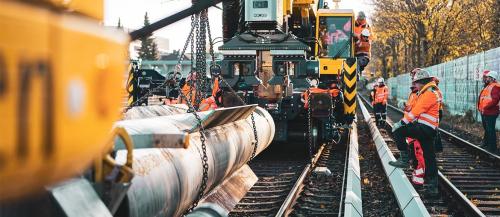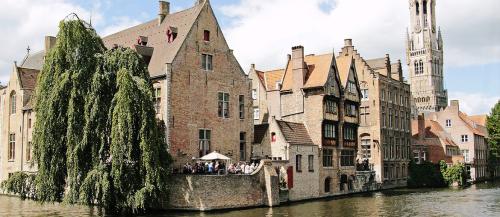In many construction and DIY projects, you will more than likely need to drill into a wall at some point in time. Whether you’re simply mounting a picture frame or completing a larger building project, you need to be careful when drilling or hammering into a surface. Buildings and homes are full of pipework and electrical wires that can be hazardous if you’re looking to do some renovation or construction work.
Locating live wires and pipework is essential, to ensure they remain in full working condition and to avoid putting yourself and others at risk. Live wires contain a strong electrical current, which can cause severe harm if you come into contact with them. Electric shocks can be mild, moderate, or in some cases fatal, so it is important to prevent them from happening. Although drilling into a live wire is not in itself life-threatening, the wire which has become damaged may cause harm if not fixed immediately. Not only will these wires be unfunctional, but the now exposed internal wires could put the next person to come into contact with them at risk. Most wires tend to run at least an inch deep into the wall, and the majority of them run horizontally 6 inches or 12 inches above the electrical socket or switch, so make sure you consider this.
It is also important to note that wires and pipes will likely be located in hollow drywall, along or inside the studs and joists that add support to the wall. As drywall is not very strong, you will need to drill into the stud framing if you’re looking to mount something heavier such as a shelf. Studs are generally placed 16 inches apart from each other and ceiling joists are positioned either 16 or 24 inches apart, to offer enough structural stability.
There are many ways in which you can find studs, joists, live wires, and pipework within your wall, which we have listed below. Following these steps, you are bound to have a fixing which is strong, reliable, and safe!
- As mentioned above, wires tend to be an inch deep within the wall, so a simple way to avoid these is by marking your drill bit with masking tape. Place some tape slightly over half an inch back on the drill bit, to ensure your hole is the correct depth. This will also allow your holes to be consistent. If you are using a longer screw, we recommend using a manual screwdriver instead of an electrical tool, to ensure you have full control.
- Due to wires running horizontally above switches and sockets, it is best practice to not drill directly above these outlets. Similarly, do not drill near plumbing fixtures, as pipework will likely be beneath the surface of the wall.
- A very common way to look out for studs and joists is by ear! Although they are not visible to the eye, you can tap/knock the wall with your hand to hear whether it is hollow or not. If you come across a stud or joist, the sound will be more full and solid sounding. Before going in with the drill, test the spot with a small nail to confirm your findings.
- The final step we suggest is using a stud sensor, that does all the work for you! Stud detectors are a quick and easy way to locate studs, joists, and live wires in walls. We have recently introduced the Stanley S160 Stud Sensor to our product catalogue, which is a nifty tool that will make your task a lot easier and accurate. This reliable and accurate device can detect wooden studs up to 25mm deep and metal studs up to 38mm. Plus, if you are wanting to drill holes near live wires, it also can locate AC wires within a 15-45cm radius of up to 50mm deep. It is a compact device that is perfect for any toolkit!
Here at BS Fixings, we are proud to stock items from industry leaders such as Stanley, to ensure all of your projects are carried out to the highest of standards. If you have any questions about the information we have provided above or require help with our product range, please don’t hesitate to get in touch with a member of our team! Contact us on 03330 117818 or email info@bsfixings.co.uk and we will be more than happy to help.






